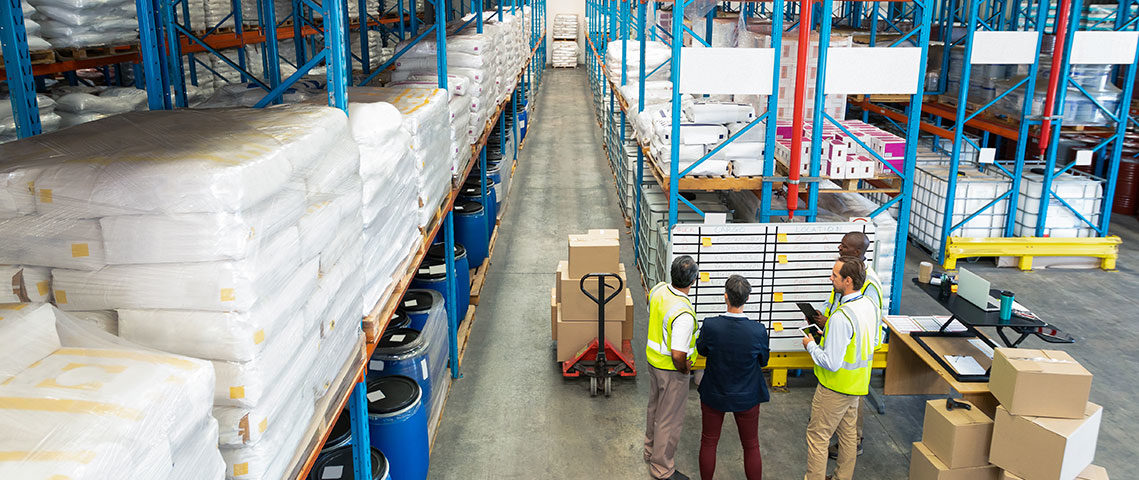The supply chain has changed drastically over the last decade. Gone are the days of chasing down paper trails to keep track of your inventory and shipments. The digital age of the supply chain is fully in effect. With the digital age, comes new challenges in the supply chain and new trends to be aware of. Here are three supply chain trends to be on the lookout for in 2020.
1. Sustainability
Sustainability is a key focus in almost every industry in 2020 and the supply chain is no exception. The two most common packaging and shipping container materials are wood and paper. In 2017, wood and paper accounted for 31.6% of all municipal waste. A greater emphasis is being placed on sustainable and reusable packaging, like SnapCrate.
2. Cloud-Based Solutions
Just as sustainability is a key focus in almost every industry, so are cloud-based solutions. What make cloud-based solutions so lucrative to the supply chain is the need to maintain expensive on premise computing systems and infrastructure. Cloud-based solutions eliminate this need. According to Gartner, by 2022, 28 percent of spending in key IT segments will shift to the cloud. This will be up from 19 percent in 2018. Cloud-based solutions will offer flexibility, scalability, and global reach among the supply chain.
3. Greater Use of AI
Artificial Intelligence (AI) and machine learning are going to be even larger factors in the supply chain than ever before. Across all industries, AI and machine learning help to automate and simplify tasks. Within the supply chain, AI can help identify key patterns, automate warehousing processes, and help to better manage inventory. This can help save a significant amount of time and money.
These are only a few of the many trends to be on the lookout for in 2020.
Have a question about your supply chain? Bentley can help.




